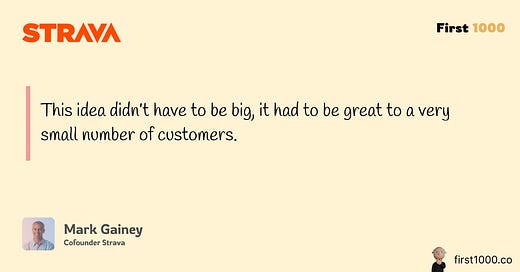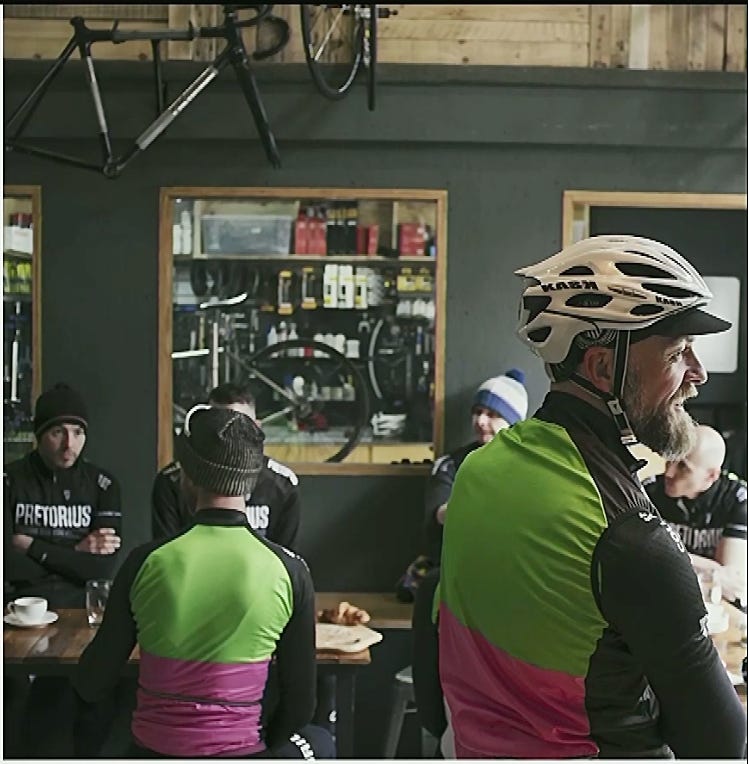Hello Frens 👋,
Happy Tuesday! Covid is waning down a little bit here in New York and I’m cautiously optimistic about putting it behind us.
This week started with me wanting to understand how networked companies bootstrap social graphs off of other social platforms. I was particularly curious about non social media companies that had a social layer as a core part of the experience.
The research commenced with the typical candidates: your Venmos and Fortnites. But soon enough, I ended up down the Rabbit hole of Strava— the social fitness app.
What I missed at the beginning of this research was that almost all non social media companies I looked into did not have the social layer until years later in their product journey (somewhere around the 2-3 year mark was the most common threshold).
Instead, the question I should’ve asked myself was: how did these Social+ companies create a differentiated utility for the first person to use the product. After amassing critical volume, the road to building a unique social graph is easier to imagine.
And I found the answer to creating differentiated utility in the go-to-market strategy Strava utilized: the Inch-Wide Mile-Deep go to market.
The Inch-Wide Mile-Deep GTM
The answer to creating differentiated utility lies in the Go To Market strategy that Strava employed. Mark Gainey and Michael Horvath, cofounder of Strava practically wrote the playbook for going after a small niche first with their pre-2000 bubble startup Kana Communications and later with Strava.
The inch wide Mile deep Go To Market strategy is another fancy way of saying build a product that a small number of people find great.
Go small, so you can go big!
How niche should one go?
Small enough that you can become the #1 player within a 18-24 months timeframe.
And the road to being the #1 player in your niche often lies in building just 1 or 2 killer features that barely anyone outside this tiny cohort of people find remotely useful. Yet for them, it is a game changer.
Getting accused of being a feature not a product, is a good barometer you are going after a small enough niche.
Strava & the Inch-Wide Mile-Deep GTM
Picking the right niche
Neither Mark Gainey nor Michael was an avid cyclist but if they were to build the global fitness home on the internet, they had to start with an underserved niche with a high propensity to pay and work their way downwards.
Grass roots recruiting
Great products are not built overnight.
Mike preaches Strava’s early singular focus on engagement as being crucial to their success. Because they were fishing in a small pond, every customer mattered, there was only a finite number of people they can acquire and first impressions matter.
Focus too much on acquisitions before you have a great product and you end up churning through the entirety of your niche, at least the accessible portion of it. Instead making sure that 5, 10 or 20 people who use the product continue to extract (increasing) value of the product is what one should be striving for. Engagement is the closest proxy to measure value provided by your solution— at least it was in Strava’s case.
However as is the case with network effects or trust, engagement may need some bootstrapping especially in the early innings of product development. This is where extrinsic (external) motivators come into play: encouraging people to do something (in this case use the Strava web app) not for the sake of inner fulfillment (because we want to), but to gain a reward or avoid a punishment
A demonstration of motivating people to use Strava in the early days came during the Tour De France when there was a total of 20 users on the app.
During Tour de France was running competitions along the way amongst their 20 users, primarily managed via email threads. They asked users to upload daily metrics to the Strava platform and one day sent out an email to these guys saying whoever uploads the fastest 5k ride sometime in the next 24 hours will get a free set of race wheels.
The team sat back and watched a couple of things happened:
The interaction between west coast v.s. east coast, trash talking and camaraderie was just fascinating. Engagement spiked through the roof.
Behavior change: put a set of race wheels in front of a group of cyclists and they weren’t going out and competing against the 10 people they had on the platform but they were going out and recruiting their entire cycling clubs!
Strava continued running competitions for about a month, and with every new use, every new customer onboarded because they wanted a new set of race wheels the product got slightly better. Their understanding of the nuanced way people use the product got just a little bit better until they were able to craft a user-experience where growth would come organically from the value and experience of the product rather than wanting to win some award.
If you are great, big will come! Until we meet next week 😉,
Ali Abouelatta



